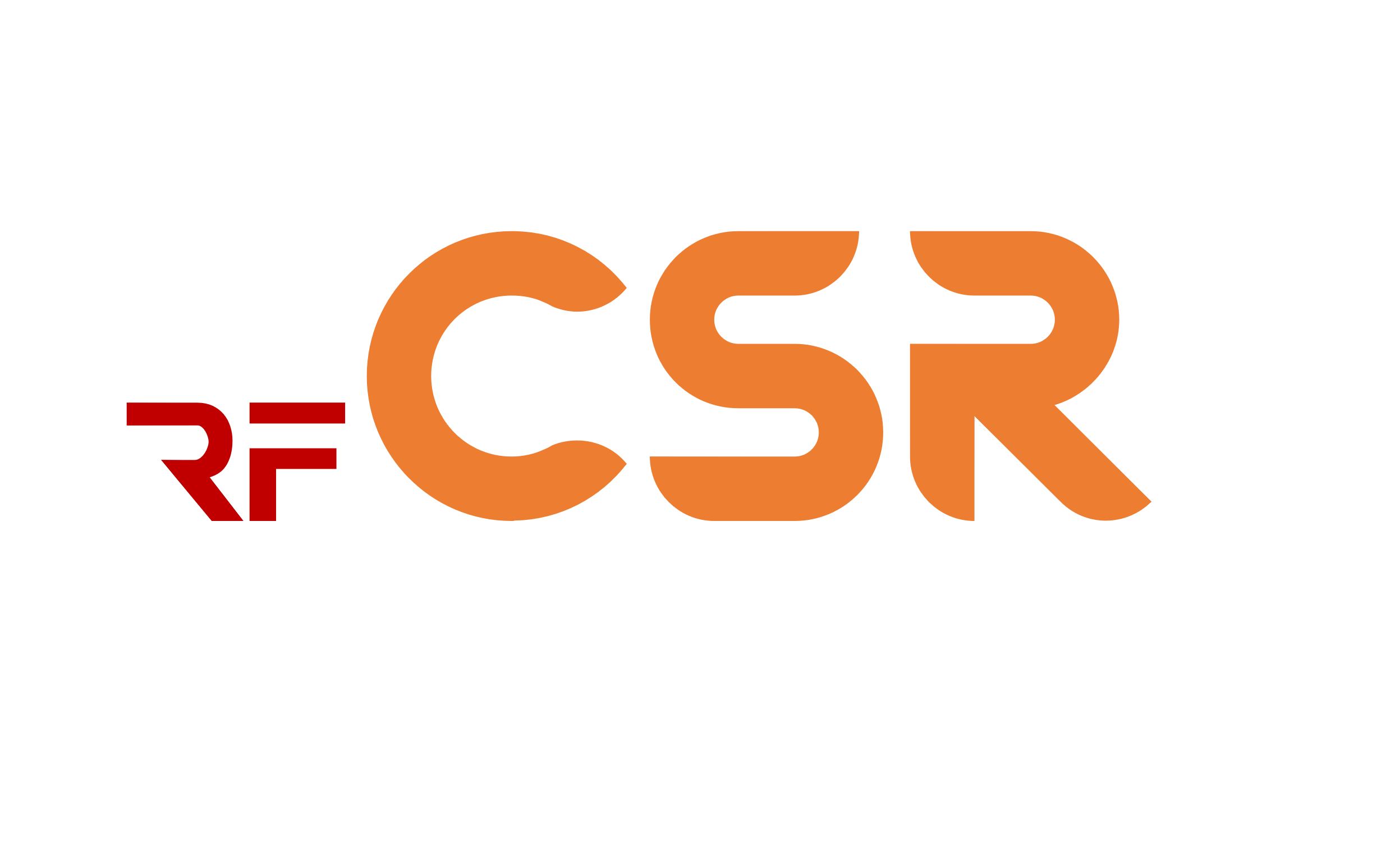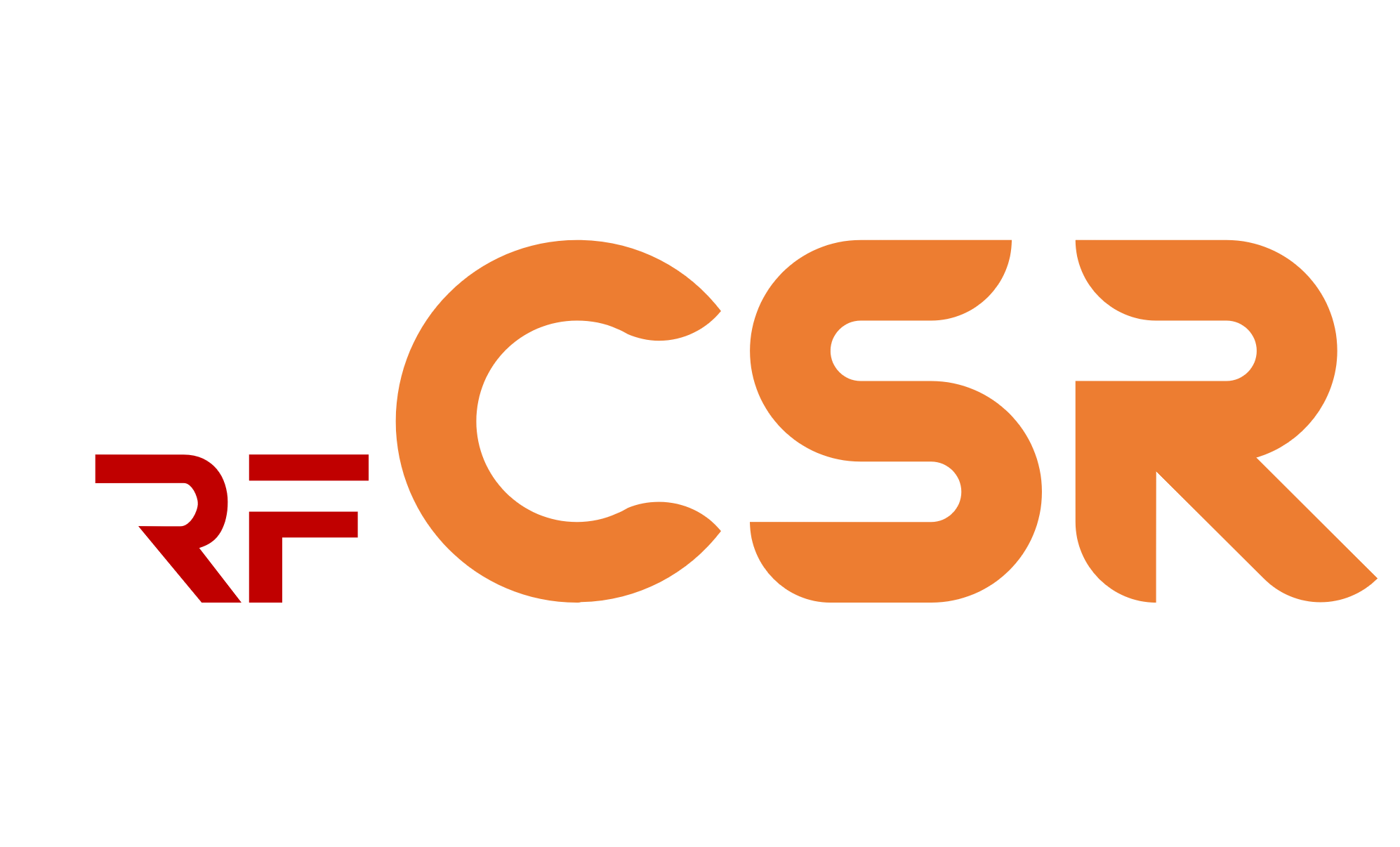By Dr. Avijit Das
When a Virus Plays Nice: How Listeria’s Hidden Phage Helps It Outsmart the Immune System
In the microscopic battlefields of our immune system, the rules are often rewritten by evolution — and sometimes, by unlikely partnerships. In a striking example of microbial cooperation, Listeria monocytogenes (Lm), a foodborne pathogen known for causing life-threatening infections, appears to rely on help from an unexpected source: a virus embedded in its own genome.
This is not your typical killer virus. In fact, it’s quite the opposite.
A team from the Herskovits Lab at Tel Aviv University uncovered that this silent passenger — a prophage embedded in the bacterium’s DNA — isn’t just hitching a ride. Instead, it’s actively assisting Listeria during infection. And it’s doing so in a way that challenges conventional wisdom about how bacteriophages, the viruses that infect bacteria, operate.
A Gene Interrupted… and Then Restored
The strain Listeria monocytogenes 10403S carries a prophage nestled within a gene called comK. In its dormant state, the phage’s presence disrupts the gene, rendering it non-functional.
But when Listeria infects a host’s immune cells — specifically macrophages — a remarkable thing happens: the prophage excises itself from the genome, neatly restoring comK to its full, functional form. This gene turns out to be essential for one of Listeria’s most critical survival tactics — escaping the phagosome, the cellular compartment where immune cells trap and attempt to digest invaders.
The reactivation of comK enables the bacterium to break free from this containment and invade the cytosol, where it can replicate and spread. The prophage has just pulled off a molecular disappearing act to aid its host.
But that’s only half the story.
No Viruses, No Lysis — Just Cooperation
Traditionally, phage excision is a signal that the virus is entering its lytic cycle — producing new viral particles, bursting the host cell, and spreading to new targets. Yet, in this case, no such viral takeover occurs.
Despite excising from the bacterial genome, the prophage does not proceed to produce new virions. There’s no burst of viral replication, no destruction of the bacterium. Instead, it stays quiet.
This cooperative behavior was dubbed “active lysogeny” — a term capturing the idea that some prophages are not passive stowaways, but active players that contribute to the fitness of their host bacteria without initiating a deadly lytic cycle.
It’s a clever evolutionary strategy: the phage ensures its long-term survival by aiding its host during a critical moment of infection, rather than killing it off in a burst of reproduction.
The Mystery of the Missing Lytic Genes
So why doesn’t the prophage go all the way?
Further investigation revealed that while early phage genes are indeed transcribed during infection — enough to allow for excision from comK — the late-stage lytic genes remain silent. These late genes are essential for building new virus particles and lysing the host. Without them, the lytic cycle halts.
Understanding how these genes are kept in check is now the focus of new research, and the answer appears to involve a finely tuned regulatory system — one that’s sensitive to temperature.
A Temperature-Sensitive Viral Switch
A key player in this story is a transcriptional activator called LlgA, encoded by the phage itself. LlgA belongs to the ArpU family of regulators and is responsible for turning on the late lytic genes — the very genes that lead to virion production and host lysis.
But here’s the twist: LlgA doesn’t get to act inside the warm environment of the mammalian body.
Preliminary lab data suggest that LlgA is thermo-regulated at the protein level. At lower, environmental temperatures, LlgA is stable and functional. But at 37°C — the temperature inside our bodies — the protein appears to be degraded or inactivated, likely through a bacterial mechanism akin to regulated proteolysis.
Rather than the phage regulating itself, it’s the bacterium that seems to control LlgA, using temperature cues to keep the viral genes in check and prevent a lytic crisis inside the host.
Decoding the Control Mechanism
The current research, part of a BacPro proposal, now aims to uncover exactly how Listeria regulates LlgA. The key questions:
- Which bacterial proteases are responsible for degrading LlgA?
- What is the active form of LlgA, and how is it altered or cleaved at body temperature?
- Where are the specific cleavage sites on the protein?
Answering these will reveal how Listeria exerts molecular control over its resident phage, essentially using temperature as a switch to keep the phage cooperative during infection.
A New Frontier for Phage Therapy
Beyond the basic science, this work has exciting implications for phage therapy — the use of viruses to treat bacterial infections.
Most therapeutic phages are chosen for their ability to kill. But what if we could engineer cooperative phages that enhance or regulate bacterial behavior instead? Or design phages with temperature-sensitive gene switches, allowing for conditional activation in specific environments?
Understanding the molecular choreography between Listeria and its prophage could help us design better, smarter phages — ones that can be used not only to destroy pathogens, but also to modulate them.
Final Thoughts
The story of Listeria and its hidden viral accomplice challenges our assumptions about who’s in control — the bacterium or the phage. In this case, it appears to be a mutual understanding: the phage helps its host, and the host keeps the phage in check.
This isn’t just a tale of survival. It’s a blueprint for microbial cooperation — and perhaps a glimpse at the future of precision medicine in microbiology.
Keywords: Listeria monocytogenes, prophage, active lysogeny, macrophage infection, phage therapy, regulated proteolysis, LlgA, microbial cooperation


